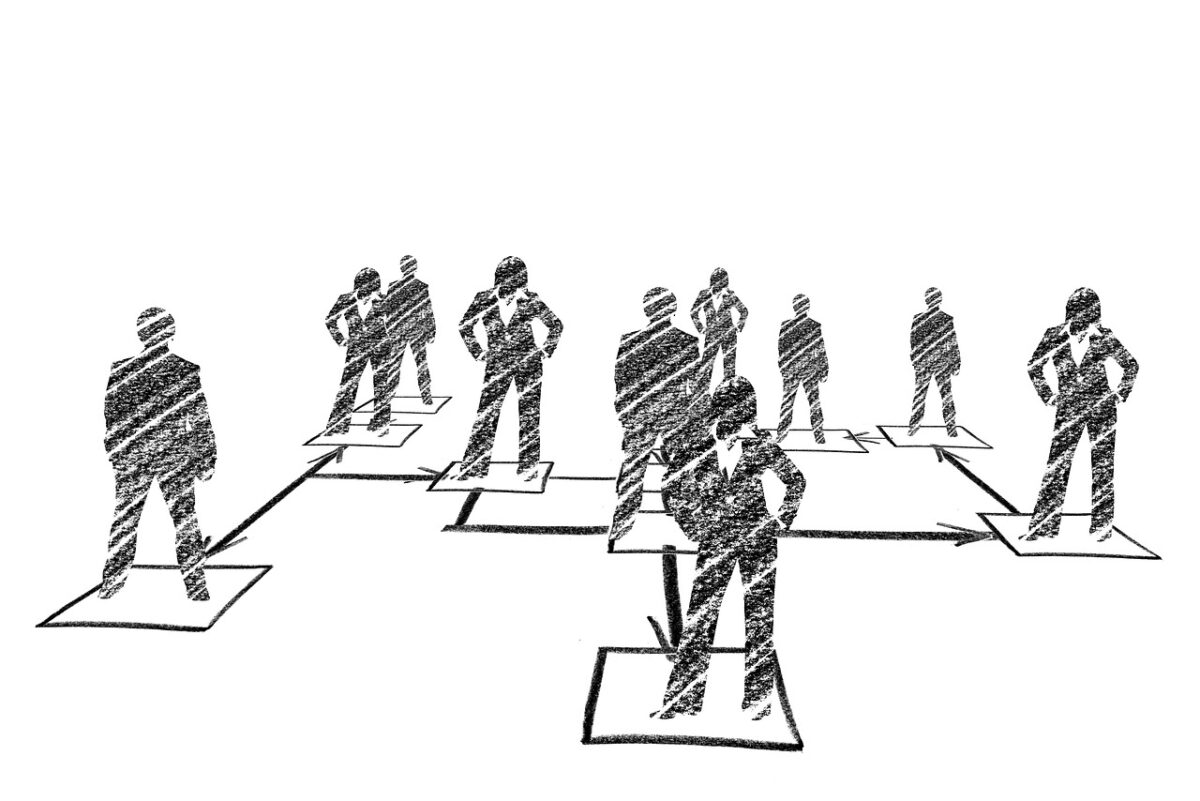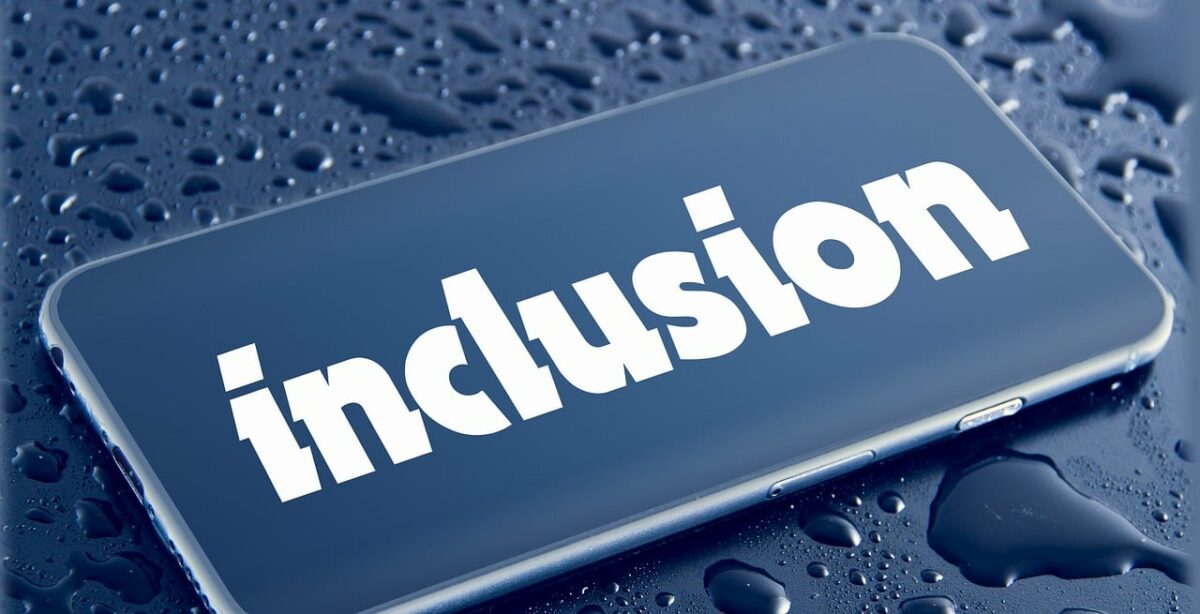The Next Big Thing With Job Descriptions

Introduction
The future of work is constantly evolving, and how we describe and advertise job openings is no exception. A job description plays a crucial role in the recruitment process, helping hiring managers attract and retain the right candidates for a particular role. As such, staying current on the trends and developments shaping the next big thing in job descriptions is essential.
In this article, we will explore some key trends shaping the future of job descriptions, including the rise of remote work, the increasing focus on diversity, equity, and inclusion, and the importance of skills and competencies. We will also discuss the role of artificial intelligence and automation in the workplace and how a job description may need to evolve to reflect these changes.
So, what is the next big thing with job descriptions? Read on to find out.
The Rise Of Remote Work

Gone are the days when the 9-to-5 grind at the office was the norm. With the advent of the internet and advanced communication technologies, the concept of “where” we work has been completely revolutionised. The COVID-19 pandemic has only accelerated this trend, with many companies switching to remote work almost overnight. But even before the pandemic, the trend towards remote work was already on the rise.
The shift to remote work has significantly impacted job descriptions, with many companies specifying their preferred communication tools, time zones, and location requirements. Gone are the days when “on-site” was the default assumption. Now, job descriptions often include language such as “remote work allowed” or “flexible location.”
But remote work isn’t without its challenges. Employers may have concerns about productivity and communication, while employees may face difficulties balancing work and home life. It is crucial when revising job descriptions to address these challenges and clearly outline the expectations and job responsibilities for remote work.
Overall, the rise of remote job titles has opened up a world of possibilities for both employers and staff members, breaking down geographical barriers and allowing for a more flexible and dynamic work environment.
The importance of diversity, equity, and inclusion

The days when a homogenous workforce was the norm have now passed. The importance of diversity, equity, and inclusion in the workplace cannot be overstated in today’s globalised and diverse world. Companies that prioritise DEI not only benefit from a wider pool of talent but also from the creativity, innovation, and business development that comes with a diverse perspective.
So how can job descriptions play a role in attracting and retaining a diverse workforce? One way is through the language used in the job description. Using inclusive language and avoiding biased or stereotypical terms can go a long way in making a job posting appealing to a diverse group of job seekers. In addition, specifying diversity goals and highlighting a company’s commitment to DEI can also be effective in attracting diverse candidates.
But DEI is not just about attracting diverse candidates – it’s also about creating a workplace culture that is welcoming and inclusive to all. Job descriptions can play a role in this by clearly outlining the expectations and values of the company concerning DEI. By making DEI a crucial part of the job description, companies can signal to candidates that diversity and inclusion are the organisation’s core values.
In summary, the importance of diversity, equity, and inclusion in the workplace cannot be underestimated. By incorporating DEI language in job descriptions, companies can attract a diverse workforce and create a culture of inclusion that benefits employees, managers, customers, and organisations.
The Increasing Focus On Skills And Competencies

The days have past when a degree and a few years of experience were all you needed to land a job. In today’s fast-paced, constantly changing economy, specific skills and competencies are becoming increasingly important in the job market.
So how can job descriptions reflect this shift towards a skills-based economy? One way is by updating job descriptions for an open position, so it includes the necessary skills and competencies that are most important for the role. Your job ad should include exact keywords, technical skills, or certifications relevant to the job.
In addition, most job descriptions can also be used to signal the type of learning and development opportunities that are available within the company. For example, descriptions of jobs that includes language such as “opportunities for professional development” or “training provided” can be attractive to candidates who are looking to grow and advance their skills and qualifications.
Overall, the focus on skill set and competencies in the job market will only continue to grow. By incorporating language that highlights the right skills and competencies that are most important for a particular role, a company or hiring manager can attract the right talent and set themselves up for success in the fast-paced, skills-based economy of the future.
The Role Of Artificial Intelligence And Automation

AI, machine learning, and automation were the stuff of science fiction. However, these technologies are now integral to many industries, from healthcare to finance to digital marketing. And as AI and automation continue to advance, they are likely to have an even more significant impact on the way company managers and employees work.
So what does this mean for job descriptions and new hires? As AI and automation become more prevalent, it makes sense that job descriptions will likely need to evolve to reflect the changing nature of employment and work. This may include specifying knowledge of specific AI tools or programming languages or outlining job responsibilities related to implementing and managing automated systems.
In addition, when you write a job description it may need to highlight the importance of digital skills, such as data analysis and coding, as these skills and qualifications become increasingly valuable in the workplace.
Overall, the role of AI and automation in a company will only continue to grow. By incorporating language related to these technologies in job descriptions, companies can attract candidates who are equipped to thrive in this rapidly changing landscape.
Conclusion

In this article, we have explored some of the key trends and developments that are shaping the next big thing in job descriptions. From the rise of remote work in job titles to the increasing focus on diversity, equity, and inclusion, it is clear that the future of work is constantly evolving.
But the trends we have discussed are not the only ones that are shaping the future of job descriptions. The way we work is constantly changing, and companies need to stay current and adapt to these changes. This means being open to new ways of working, such as remote work, and being willing to incorporate new language and ideas, such as DEI and AI, into job descriptions.
So, whether you are a business owner, employer, or hiring manager looking to attract great talent or a job seeker looking for your next opportunity, it is essential to stay current on the trends and developments that are shaping the future of job descriptions. By staying up to date and adapting to these changes, you can set yourself up for success in the constantly evolving world of work.
Do You Need Help Writing A Job Description?
If you are investigating how to write a job description, it can help to review sample job descriptions. Our job description library contains more than 800 job description templates for job titles such as electrical technician job description and assistant professor job description, including responsibilities, duties, qualifications, and skill set.
Writing The Best Job Descriptions And Job Posting FAQs

Here we answer your questions on writing job descriptions and job listings.
There are several reasons why job descriptions may become outdated:
1. Rapidly changing job market: The job market is constantly changing, and what is required for a particular role may change over time. The changing job purpose can make job descriptions that were written several years ago seem outdated.
2. Stagnant job descriptions: If a job description is not regularly reviewed and updated, it may become out of sync with the current requirements and expectations of the role. You may not hire the right talent, meet business development goals, or provide customer satisfaction.
3. Lack of flexibility: Some job descriptions may be too rigid and not allow for flexibility in how the role is performed. This can make it challenging to adapt to changing circumstances or to take advantage of new opportunities.
4. Bias and discrimination: Outdated job descriptions may contain language or requirements that are biased or discriminatory, which can limit the pool of qualified candidates.
Overall, it is vital for companies to regularly review and update their job descriptions to ensure that they accurately reflect the current requirements and expectations of the role. This can help to attract and retain great talent and set the company up for success in the constantly evolving job market.
Yes, job descriptions are still an essential tool in the hiring process. They serve several important functions, including:
1. Attracting the right candidates: A well-written job description can help to attract suitable candidates for a particular company role by clearly outlining the responsibilities, qualifications, training, and expectations of the job.
2. Setting expectations: A job description can help to set clear expectations for both the employer and the employee by outlining the responsibilities and expectations of the role.
3. Performance evaluation/performance reviews and talent management: A job description can serve as a reference for evaluating an employee’s performance, as it outlines the specific responsibilities and expectations of the role.
4. Legal compliance: Job descriptions can help to ensure compliance with labour laws and regulations by clearly outlining the duties and responsibilities of the role.
Overall, job descriptions are a vital part of the hiring process and serve various purposes. It is crucial for companies to regularly review and update their job descriptions to ensure that they accurately reflect the current requirements and expectations of the role.
One possible alternative to a traditional job description is a job specification. A job specification, also known as a person specification, is a document that outlines the specific skills, abilities, and personal qualities that are required for a particular role.
A job specification is typically more focused on the abilities and characteristics of the ideal candidate rather than the specific duties and responsibilities of the role. It is often used in conjunction with a job description to provide a complete picture of the requirements for the position.
Another possible alternative to a traditional job description is a job profile. A job profile is a document that provides a comprehensive overview of a particular position, including the responsibilities, skills, who the position reports to, and knowledge required to perform the job. It also includes information about the working environment, the organisation’s culture, and the available career progression opportunities and development plans.
Overall, there are a variety of alternatives to traditional job descriptions that can be used to attract and retain the best candidates for a particular role. Companies need to choose the approach that best meets their needs and the position’s needs.
A job description is a document that outlines the specific duties, responsibilities, and requirements of a particular job. It is typically used as part of the hiring process to attract and select candidates for a specific role.
A job description is essential because it helps to:
1. Attract the right candidates: A well-written job description and carefully chosen job title can help to attract the right candidates for a particular role by clearly outlining the responsibilities, qualifications, and expectations of the job.
2. Set expectations: A job description can help to set clear expectations for both the employer and the employee by outlining the specific duties and responsibilities of the role.
3. Evaluate performance: A job description can serve as a reference for evaluating an employee’s performance, as it outlines the specific responsibilities and the expectations of the role.
4. Ensure compliance: A job description can help to ensure compliance with labour laws and regulations by clearly outlining the duties and responsibilities of the role.
Overall, a job description is an essential tool in the hiring process that helps to attract and retain the best candidates by accurately relaying what employees should expect.



